What are you wearing today?
A few decades ago, there was a much higher likelihood your clothes would be made in New York City’s garment district, the space between Fifth and Ninth Avenues, from 34th to 42nd Street, and a bustling bastion of American manufacturing. But by the end of the last millennium, brands that once employed workers in the city moved offshore, leaving the garment industry a shadow of what it once was.
After the spring 2026 season, one can’t help but feel as though craft is more valuable than ever. With a gobsmacking 16 designer debuts, ingenuity, creativity, and skill were all at the forefront. In Paris, Matthieu Blazy reinvigorated Chanel’s house tweed with a beaded interpretation; in Milan, Louise Trotter mimicked fur with recycled fiberglass at Bottega Veneta.
With all this talk about creative directors, we wondered: Who are the people who are making their visions a reality?
Here in New York, garment workers are still hard at work making the clothes we wear with care and pride, even in the face of many challenges—outsourced labor, automation, and the COVID-19 pandemic among them. This season, Cooper Callender, an associate design developer at HIPS Studio, painstakingly created the patterns for Diotima’s showstopping finale dresses; Panchita Buri Quintuna and her colleagues at New York Embroidery Studio festooned Anna Sui’s jeans with studs and laser-cut Proenza Schouler’s leather tops; Grace Lee carefully sewed the billowing dresses that walked the Carolina Herrera runway at Plaza Mayor.
“There are so many hands that have touched that garment before it’s now hanging on the rack,” says Pauline Lock, product development and production manager at InStyle Factory, and the unofficial “Mayor of the Garment District.” “Don’t look at it like it’s just a T-shirt. It’s not just a T-shirt. Human hands that have touched that T-shirt to make it happen.”
Here, meet nine of New York City’s garment workers, from patternmakers to delivery drivers, who make the clothes you wear.
- Cooper Callender, a fashion school grad whose hands-on work has taught him how to be a better designer.
- Pauline Lock, the “Mayor of the Garment District,” who ditched a law career for manufacturing.
- Rudy Gopie, whose mechanical engineering background informs his work in the Theory cutting room.
- Grace Lee, whose childhood love of paper dolls brought her to the Carolina Herrera atelier.
- Mauricio Alvarado, who chose Coach over the military—and never left.
- Panchita Buri Quintuna, who learned the art of printmaking on the job.
- Nancy Gordon, the “grommet queen” of New York, who has been in the industry for 57 years.
- Malisa Browman-Ackermann, whose tailoring has perfected Met Gala and Emmys looks.
- Keith Williams, who has been driving the same UPS route every day for more than 26 years.
.png)
How did you get into your profession?
I went to Parsons and graduated in 2024. I was working for Bach Mai right out of school after interning for him at the end of my sophomore year. Through the summer of my junior year he promoted me to assistant, so I was working on the collection with him. I started working at Christopher John Rogers for my senior year. I stayed on with Bach after school, and I was getting into some freelance work during a slow period. Clarissa [Arocena, cofounder and owner of HIPS Studio] was looking for some freelance help. I started coming in a day or two a week. I was looking for a shift into the patternmaking world—I found out that the type of designer I want to be before doing my own thing is someone who is extremely knowledgeable about construction and knows the real work of making clothes. They offered me a full-time position in May.
What does a day in your life look like?
I get a sketch from the designers and it’s usually something pretty exciting. We then tape it out on the dress form, which means blocking out the lines that we are then going to drape onto. Then I talk to Carissa to make sure that the lines are approved, and then drape the dress and get that approved, too. Clarissa has an incredibly high standard, which is just so amazing. She is just a perfectionist in the best possible way—she’ll see things that I can’t even understand and fix them, it just makes all the difference. Then I’ll do a half drape and send it off to the client, to get their notes and then semi-finalize the pattern. We then sew up a prototype, take it to a fitting, and make note of whatever edits happen in the fitting to have them in the finalized pattern, which is given to the client.
What is your proudest career achievement so far?
I got to work on the two finale dresses of the latest Diotima collection. It was an incredible process to work on. I loved the sketch, but it was definitely difficult to achieve. I was really happy that Clarissa trusted me enough to give me that to work on. It’s hard for me to even take credit for it, because it’s such team work, but just being a part of those dresses going down the runway was definitely a proud moment for me.

How long have you been working in the garment industry?
I’ve been doing this for over 30 years with the same company. This is home. I’m not leaving. They can’t kick me out, they can’t flood me out. I’m not going anywhere. I love what I do.
How did you get into your profession?
I was a law major. I did an internship at a law firm, which didn’t turn out to be as rewarding as I thought it would be. You feel like you’re helping the weak. I figured I went into work with a cape every day, saving the world. Unfortunately, that was not the case.
My mom was a seamstress. She used to make all my clothes as a little girl. She would teach me how to cut something, she would teach me how to sew. It was bonding time, and I also felt that it was something really fun. I started making all my younger cousins Halloween costumes.
How do you think the industry has changed over the course of your career?
When I first started in the industry, there were hundreds of factories in the Lower East Side. There would be racks coming down the street, people delivering fabric. There was just a lot of great energy. I’ve worked with Calvin, Donna, Ralph, Marc. That was Seventh Avenue at its grandest.
I saw people moving offshore. Obviously, that had to do with cost. We can’t compete. We have minimum wages. We are proud of what we’ve done with the workforce in this country. Everything moving offshore really kind of broke me a little bit. Why aren’t we supporting our own communities? New York Fashion Week is so prominent—we’re world-renowned, and what is the city and state doing for us? What are you doing to incentivize local designers, local manufacturers to continue fueling this?
Now we have this new era of tariffs. Everyone’s like, “You should be so happy that this is all coming back, and this is just to promote more manufacturing done in the States.” I’m all for bringing more jobs back, supporting my community, but people have to have the realization that you need a solid foundation in order to bring all of this back, and it doesn’t exist anymore.

How did you get into your profession?
I came here from Guyana. I was a mechanical engineer back at home. I taught mechanics in one of our multilateral schools, and then I came over to this country and couldn’t find a job. The only job that I could find to feed a wife and two kids was fetching the patterns from manufacturers and grading and marking services in Midtown. I started there, and from fetching the patterns, I got the opportunity to learn grading, and I excelled in the industry from there on.
What is your proudest career achievement?
Being able to fix our manufacturing equipment. The Gerber cutter is a very massive piece of equipment, and it’s very intricate. It gives you the opportunity to cut one ply of fabric, to cut a single garment or multiple garments if you need to; if you need to cut a chiffon, a georgette, those 100- or 140-ply fabrics, or corduroy, denim, those thick fabrics, 30-, 40-plies you can cut at one time. To be able to not only maintain them, but repair them and calibrate them, is a good feeling for me.
What would you like to see change over the course of your career?
I want to see this country—especially New York—come back the way it was in the 1980s to the early ’90s. Midtown was filled with the garment industry; now there’s nobody there. I don’t think our government is doing enough to keep the business here. Some places in the Midwest have started up the business, but still, our manufacturers are exporting the goods rather than using the services in the Midwest or South where some companies are trying to make a comeback.

How long have you been working in the garment industry?
I have been working in the garment industry for 47 years.
What does a day in your life look like?
I get to work at around 8:30 a.m., I drink a coffee. Once my manager, who is one of our patternmakers, comes in, we discuss the work for the day. Usually, we are working on sewing either a fit sample or a final sample for the current season. We always work together to share ideas on how to best put the garment together. The garments we are working on are often soft, draped, and lot of tulle.
I take a lunch break usually in our kitchen with my coworkers, and wrap up the day at around 4 p.m. When we are getting closer to a collection deadline or runway show, we often work until later hours and some weekends.
What is the proudest moment of your career?
I’m most proud of making the ivory dress that Michelle Obama wore on the cover of Vogue magazine’s December 2016 issue, as well as the white suit that Kamala Harris wore during her speech after winning the election [with Joe Biden] in 2020.

How did you get into your profession?
A lot of my family used to work at Coach when the factory was on 34th Street between 10th and 11th Avenues. My uncle brought me here after high school, before I enlisted into the Marines. I said, “Okay, let me work for a little bit,” and I ended up staying for 36 years. I never went to the military after all.
My first job was working in the production line, learning all the different steps. I spent around three years in production before I was given the opportunity to become one of the apprentices for pattern-making. At the time, David Hornstein, my mentor, was going to retire, so they needed someone to learn the same career. We had 10 people apply for it. Fortunately, I was the one chosen, and that’s where everything started for me.
What does a day in your life look like?
I wake up around 5:30 in the morning, shower, get ready, and drive to the train station. I commute from Connecticut into the city; it’s an hour ride on the train and then I take the subway. If I have different projects that I have to work on manually, I go to my working table, which is next to my desk, and start executing those. I take a look at things from the factories, how they come in. I make sure that everything is measured to the correct specs and that the materials inside the bags to give them structure are used properly. We have to do reports on all that information. Everything takes me all the way down to 5:30, sometimes 6:30, depending on the workload.
What has changed over the course of your career?
There’s been a lot of innovation and so much new technology—new machinery, and new methods of doing things more efficiently; that’s one. Another is that Coach and other companies are trying to be more sustainable and conscious about the planet. So we’re working on new product with that in mind.
Panchita Buri Quintuna, studio artisan, New York Embroidery Studio

How did you get into your profession?
Before, I had worked with jersey for 15 years. After I lost that job, I didn’t want to just stay home, so I went to the stop, and I got picked up and brought here [as a day worker], and I never left. I liked the job because one day you do one thing, and then another day you do something else. At my last job, I mostly did the ironing, but I learned how to sew here. At first, I was nervous that I was going to make a mistake—I saw how much things cost and I thought, “Oh, how would I pay for it?” But I learned by sewing leather jackets, adding the lining on the collar. I started my job doing that. I remember that I used to dream about that job.
What’s a normal day at work like for you?
Every day is different. Sometimes I get here, I do a little ironing, some cleaning, a bit of sewing—whatever there is to do. We do a lot of different things here. Sometimes we also work on printmaking—that is my favorite thing. You work with a yellow and white powder, and you put it on these patterns, and that’s how you print on fabric.
How have you seen the industry change in the past 10 years?
It’s become more modernized. Every year, there is something new. And we are always working on something new, we never go back to something, each time it is more different, more modern.

How long have you been working in the garment industry?
I started on October 31st—Halloween day—in 1967.
What does a day in your life look like?
I do whatever people bring me. I don’t do appointments—it’s all walk-ins. I do ribbons, buttons, eyelets, snaps, grommets. I’m semi-retired; I only do it three days a week. I’ve worked on a lot of Broadway and fashion shows that have needed service. I also work with some students at FIT, for their corset class.
What is your proudest career achievement?
People who I don’t know, they know me! People often tell me, “Nancy, there’s all of us, but only one of you.” Whatever I’ve done back in the day, I’ve enjoyed it. When The Lion King first came to New York, I was the first one to snap the tail onto the Lion King.

How did you get into your profession?
I started making my own clothes as a kid, but I’d also visit a seamstress with my mom. I grew up in New York and studied at SUNY Purchase and at Yale doing costume design and history, which was more in line with couture training. It gave me a strong foundation for working with designers to give truth to their vision. I was the first contracted tailor at Condé Nast, and I worked with Edward Enninful on his first British Vogue cover. I’ve worked with Gucci, Armani, and Brunello Cucinelli; today, Thom Browne and Isabel Marant. I started In-House Atelier in 2007, and we work with brands to be more sustainable on the back-end. One of my first big projects was bringing in Uniqlo’s alterations program to its retail stores.
What do you wish more people knew about your job?
That it’s a real livelihood, a space that brings you into theater, art, and film. That this isn’t just a hobby lobby: Young people need to see it isn’t just sitting at a machine. I’m part of a movement for tailoring that isn’t so antiquated.
How would you like to see the industry change?
I’d like to see more designers and figures in the editorial and fashion industry showing respect to tailors. Jerry Lorenzo of Fear of God really championed his tailor at the Met Gala, which was inspiring. The sustainable approach through alterations is a direction that most brands can incorporate, and I’m looking forward to working with brands in this area.

How did you get into your profession?
I went to a job fair in 1988. I was still in school and UPS has a college reimbursement program, which really helped me out. At first, I was working part-time and going to school. I did that for 10 years, and then I became a full-time driver in 1998.
What does a day in your life look like?
I wake up at 4 a.m. and get ready to leave for an early morning run, which is for customers who want deliveries by 8:30 in the morning. I come back, get my truck sorted out, and head to Noho to start delivering the route. I start at 9:30 a.m. and I have Rachel Comey, the Lede Company, and a lot of other fashion brands. We’re deep in the fashion world because fabrics, patterns, samples, and products are constantly in our hands. We get shipments for brands and deliver them, and when orders are placed, we’re picking those up from brands and delivering them. My day usually ends around 7:15 or 7:30 p.m.
What do you wish more people knew about your job?
People see us working, but they don’t see the actual work—how we break down everything in the truck; how we work in all weather conditions; how we’re driving in the city avoiding bikers riding the wrong way, and people on their cell phones with their heads down crossing the street. And one of the hardest things to move are pattern sheet rolls. They’re so heavy, and you have to really position yourself to pick them up and move them
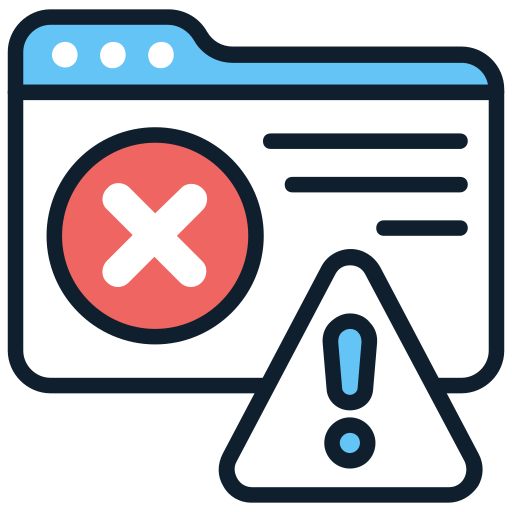


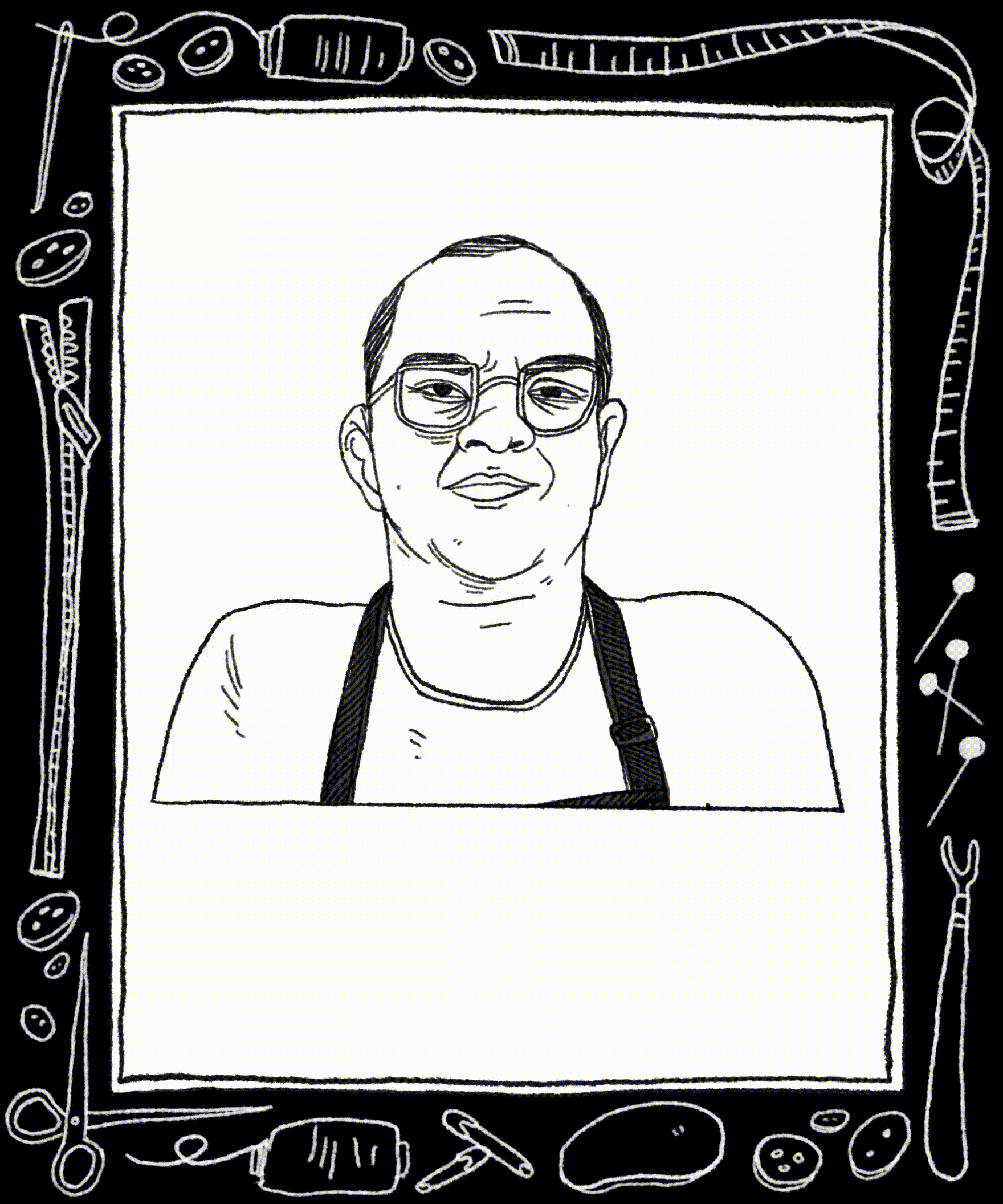
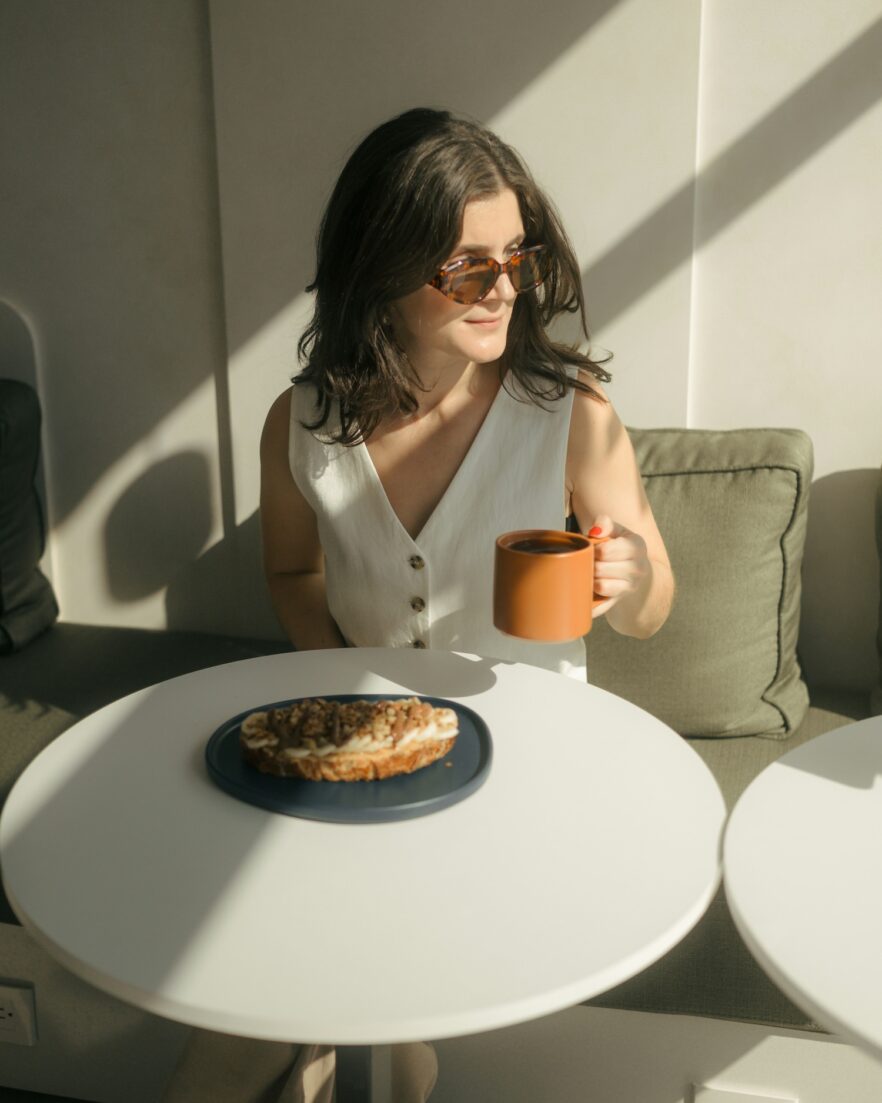


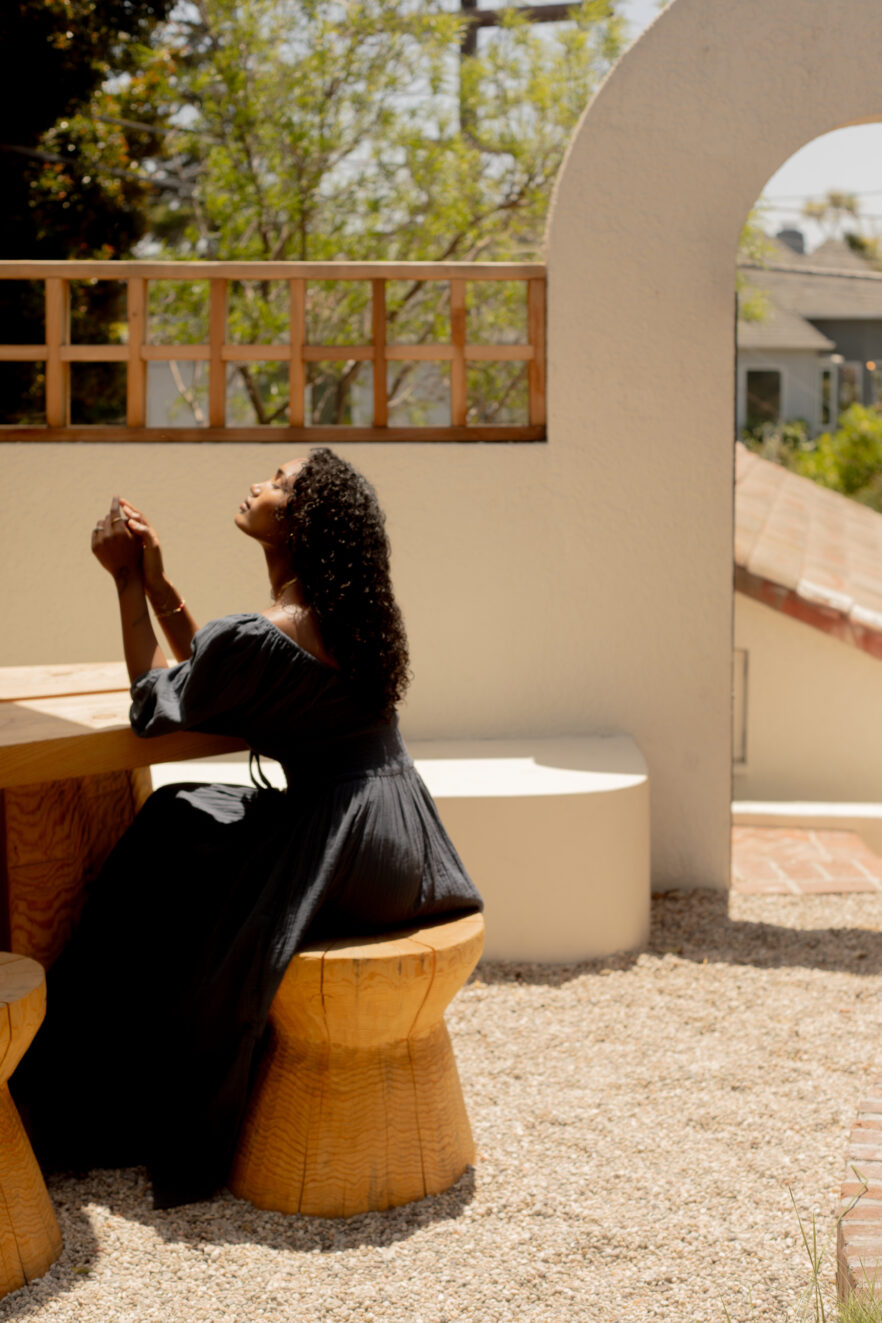
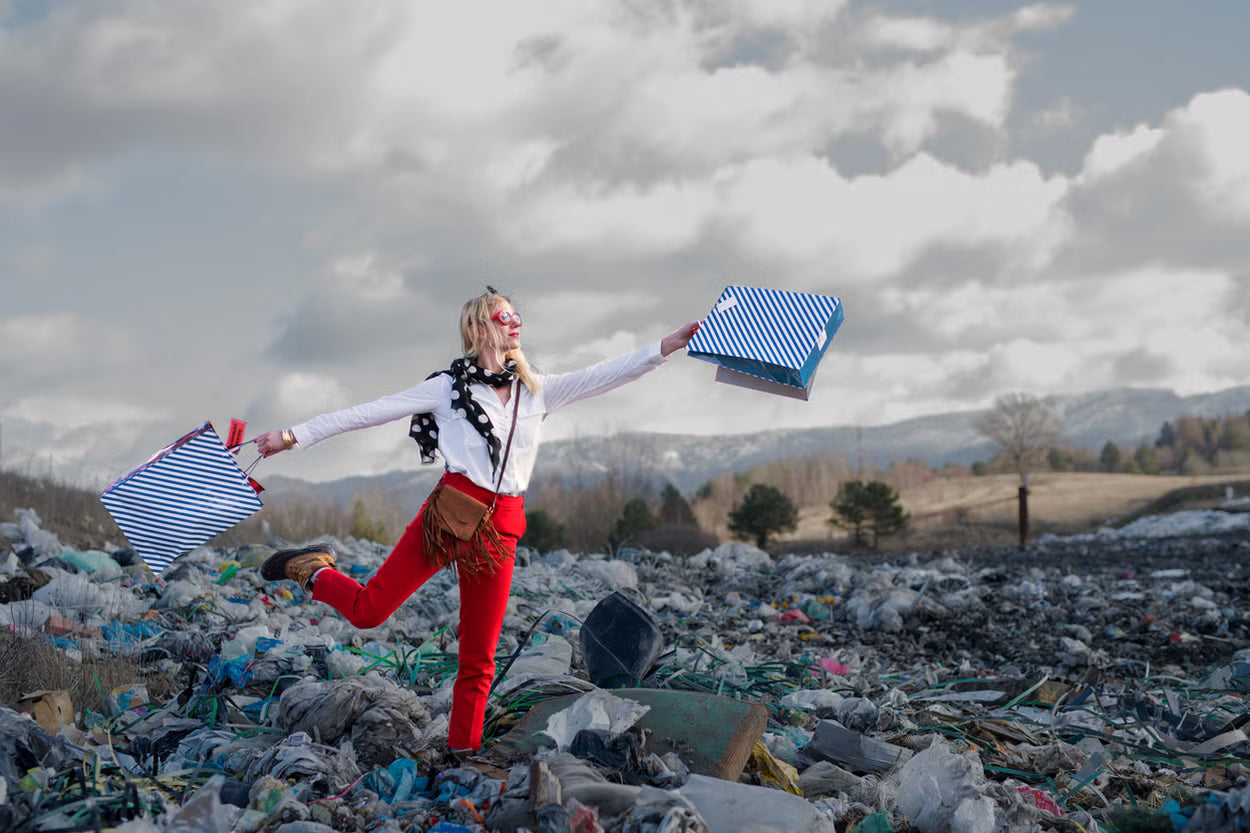
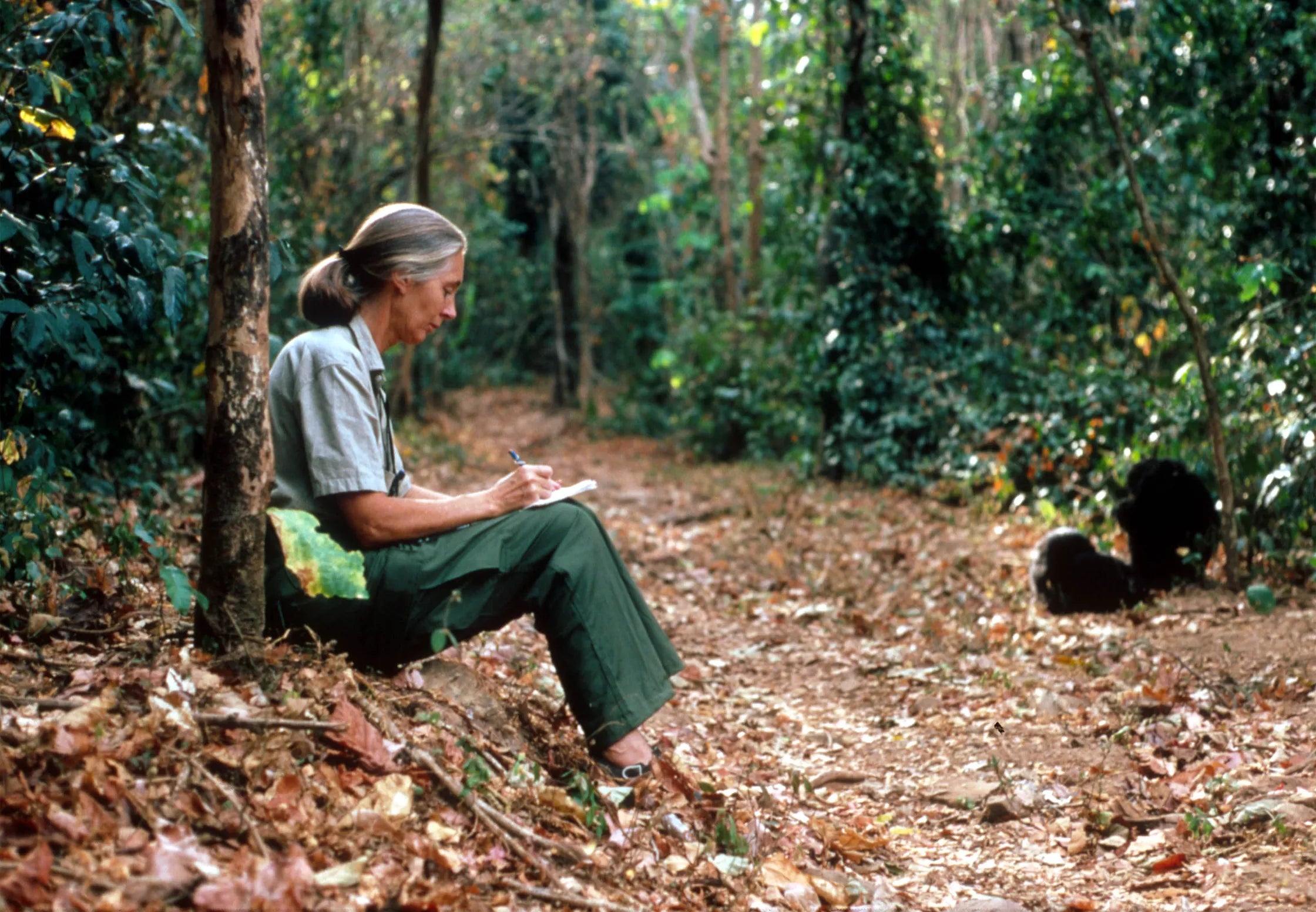

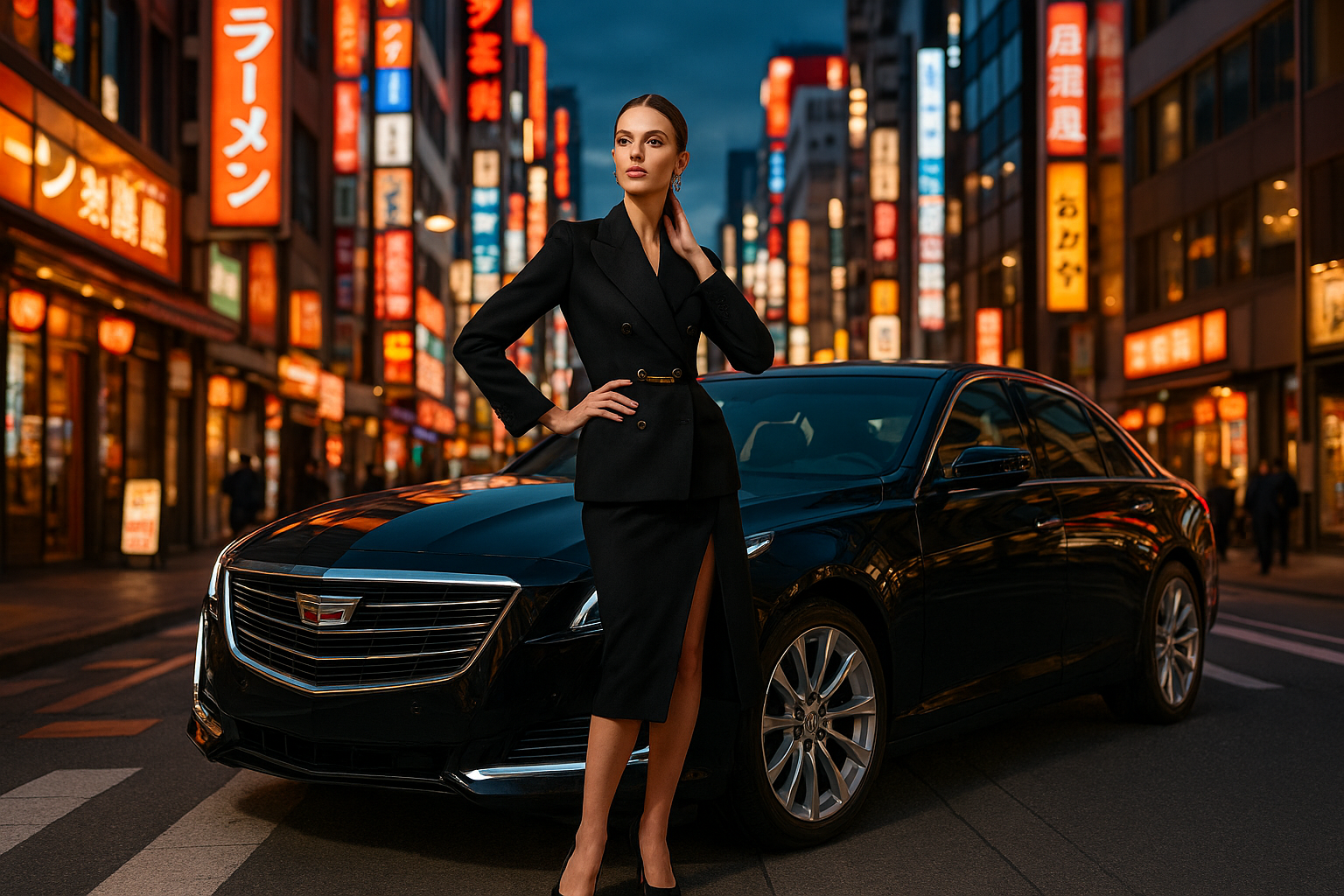
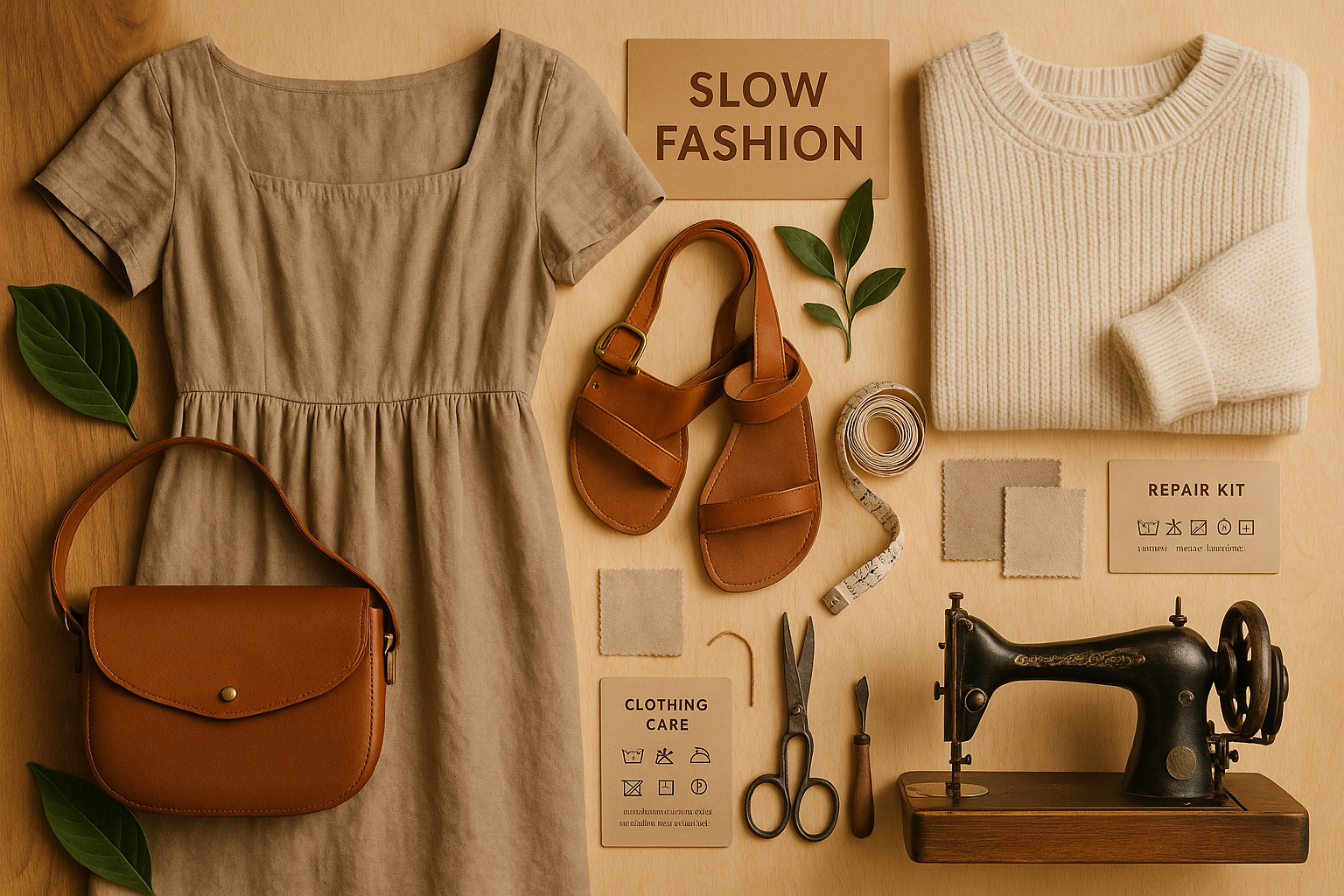
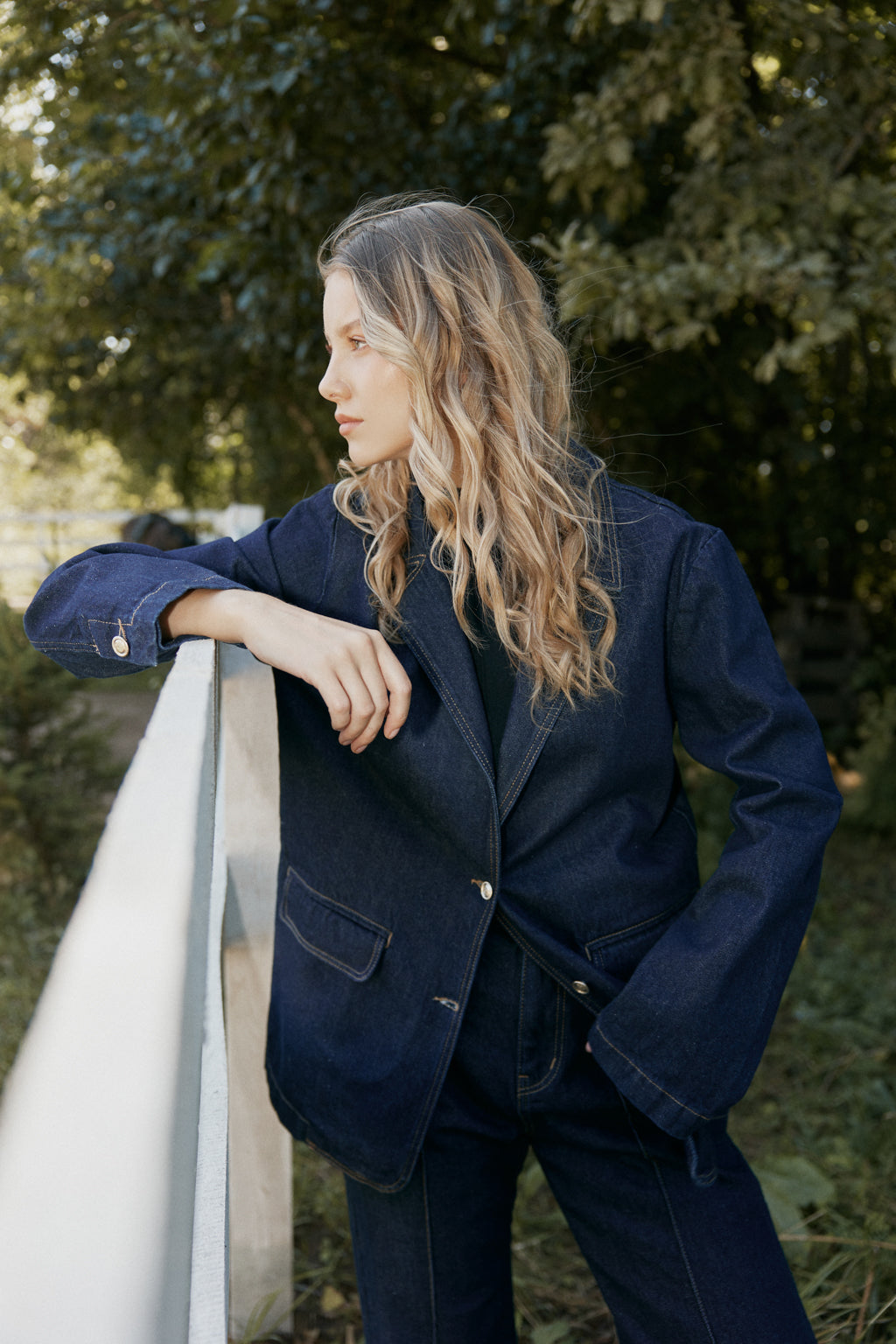
0 comments